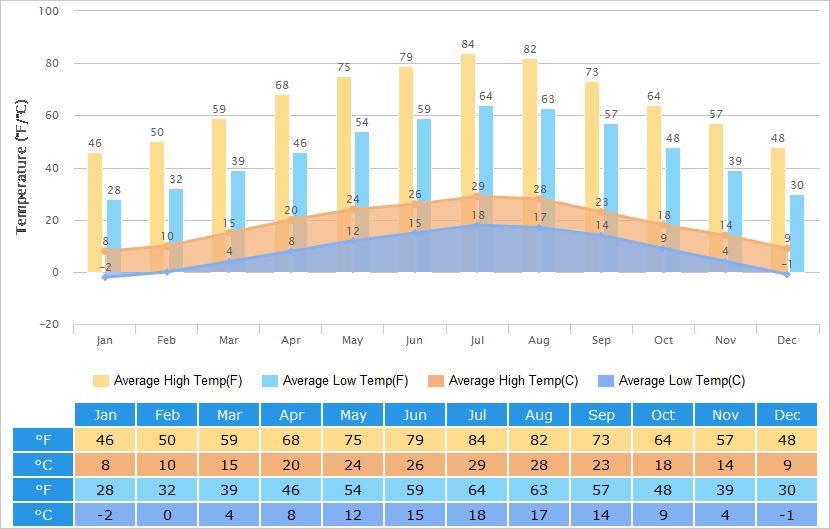
What is the Climate Like in Jiuzhaigou Valley?
Jiuzhaigou Valley, a breathtaking natural wonder located in Sichuan Province, China, experiences a unique and varied climate due to its high altitude and mountainous terrain. The valley boasts distinct seasons, each offering its own allure for visitors.
Jiuzhaigou Valley's Climate Overview
Jiuzhaigou Valley enjoys a plateau humid climate characterized by mild summers, cool winters, and significant variations in temperature between day and night. Here's a detailed breakdown of Jiuzhaigou Valley's climate:
Temperature
The average annual temperature in Jiuzhaigou Valley is a crisp 7.8°C (46°F). However, temperatures fluctuate noticeably throughout the year:
| Season | Average Temperature (°C) | Average Temperature (°F) |
|---|---|---|
| Spring (March-May) | 9-18 | 48-64 |
| Summer (June-August) | 19-22 | 66-72 |
| Autumn (September-November) | 7-18 | 45-64 |
| Winter (December-February) | -1-4 | 30-39 |
It's important to note that due to the valley's high elevation, there can be significant temperature variations even within a single day. Be sure to pack layers to adjust to changing conditions.
Precipitation
Jiuzhaigou Valley receives a considerable amount of rainfall throughout the year, with the majority concentrated between May and September.
- Wettest Months: June, July, August
- Driest Months: December, January, February
While rainfall is abundant in the summer, it's usually in the form of short, intense showers. Don't let a little rain deter your plans – just come prepared with rain gear.
Sunshine Hours
Sunshine hours in Jiuzhaigou Valley vary greatly depending on the season. Summer boasts the longest daylight hours, offering ample time to explore the valley's wonders. Winter, on the other hand, sees shorter days and weaker sunlight.
Best Time to Visit
Jiuzhaigou Valley is a year-round destination, but the best time to visit depends on your preferences:
- Spring (April-May) and Autumn (September-October): These shoulder seasons offer pleasant temperatures, vibrant foliage (especially in autumn), and fewer crowds compared to peak season.
- Summer (June-August): Summer brings lush greenery and the valley's waterfalls are at their most impressive. However, be prepared for higher prices and more visitors.
- Winter (December-February): Winter transforms Jiuzhaigou into a magical wonderland with frozen lakes and snow-capped mountains. While some trails may be closed due to snow, it's a fantastic time to experience a different side of the valley.
Tips for Planning Your Trip
- Pack Layers: Be prepared for fluctuating temperatures by packing layers of clothing.
- Rain Gear: Bring rain gear, especially if visiting during the wetter months.
- Sun Protection: Don't underestimate the high altitude sun. Pack sunscreen, sunglasses, and a hat.
- Altitude Sickness: Be aware of the potential for altitude sickness, especially if you're arriving from a lower elevation.
FAQs about Jiuzhaigou Valley's Climate
Q: What is the coldest month in Jiuzhaigou Valley? A: January is typically the coldest month, with temperatures averaging between -1°C to 4°C (30°F to 39°F).
Q: When is the best time to see autumn foliage in Jiuzhaigou Valley? A: Mid-October to early November is generally the peak season for witnessing the stunning autumn colors in the valley.
Q: Does it snow in Jiuzhaigou Valley? A: Yes, Jiuzhaigou Valley experiences snowfall during the winter months, typically from December to February. The snow-covered landscapes add a magical touch to the valley's beauty.